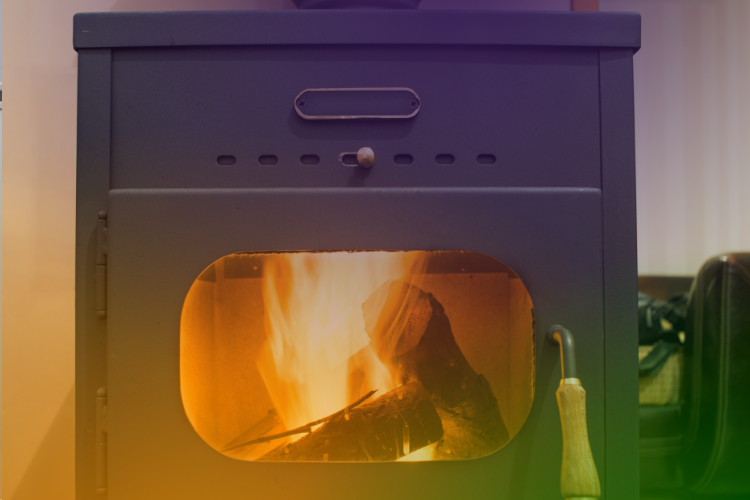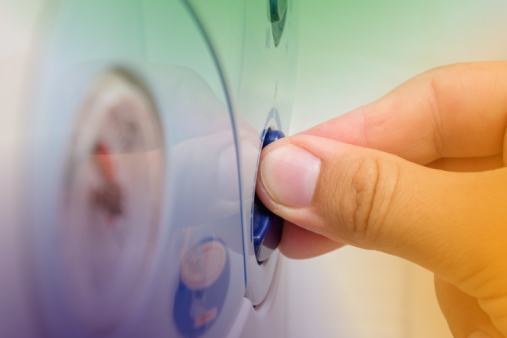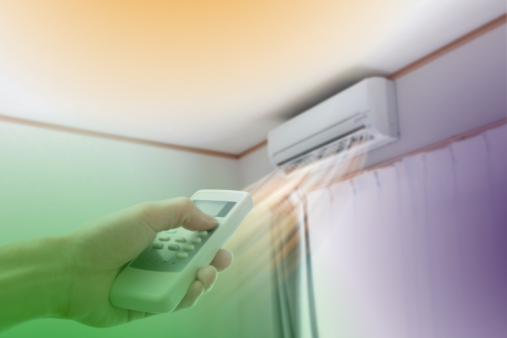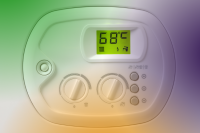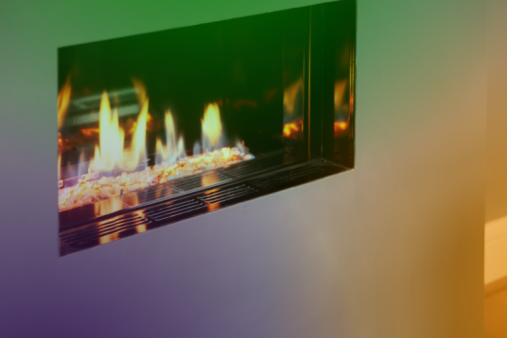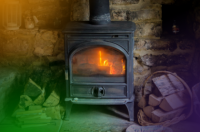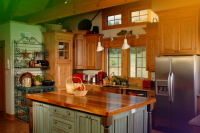Multi-fuel stoves have emerged as a versatile and efficient option for homeowners in the United Kingdom. Offering the flexibility to burn a variety of fuels, these stoves provide warmth, aesthetic appeal, and potentially cost-effective heating solutions. This comprehensive guide explores every aspect that a UK homeowner should consider when contemplating the purchase of a multi-fuel stove, covering aspects such as prices, comparisons with other heating options, environmental impacts, and installation procedures.
Understanding Multi-Fuel Stoves:
Multi-fuel stoves are heating appliances designed to burn a range of different fuels, including wood, coal, peat, and even biomass pellets. This versatility allows homeowners to adapt to different fuel availability, pricing, and individual preferences. The primary components of a multi-fuel stove include the firebox, grate, air controls, and an ash pan.
Comparison with Other Heating Options:
Multi-Fuel vs. Wood-Burning Stoves:
While both multi-fuel and wood-burning stoves provide a charming and efficient way to heat homes, the key distinction lies in fuel flexibility. Wood-burning stoves are limited to burning only wood, making them reliant on wood availability. Multi-fuel stoves, on the other hand, can burn a variety of fuels, offering greater adaptability and potentially cost savings.
Multi-Fuel vs. Gas Stoves:
Gas stoves are known for their convenience, cleanliness, and ease of use. However, they are dependent on a gas supply, which may not be available in all locations. Multi-fuel stoves, being independent of gas connections, offer a viable alternative for those seeking a heating option that is not tied to specific fuel infrastructure.
Multi-Fuel vs. Electric Heating:
Electric heating systems are easy to install and offer precise temperature control. However, they can be costly to run, especially as electricity prices fluctuate. Multi-fuel stoves, with the ability to burn a range of fuels, can be a more economical choice in areas where fuel costs vary.
Pricing Considerations:
Initial Purchase Costs:
The price of a multi-fuel stove varies widely depending on factors such as brand, design, and features. Entry-level models may start at around £500, while high-end, designer stoves can cost several thousand pounds. It's essential to consider the initial purchase cost in relation to your budget and long-term heating needs.
Fuel Costs:
Multi-fuel stoves offer the advantage of choosing from a variety of fuels, each with its own cost implications. Wood may be more affordable in certain regions, while coal or pellets could be cost-effective alternatives. Homeowners should research local fuel prices to estimate ongoing operational costs.
Maintenance Expenses:
Regular maintenance is crucial for the longevity and efficiency of a multi-fuel stove. Factor in costs for annual inspections, chimney sweeps, and potential repairs when budgeting for your heating system.
Environmental Impact:
Carbon Footprint:
The environmental impact of a multi-fuel stove is closely tied to the type of fuel burned. Wood, when sourced sustainably, is considered a renewable resource with a lower carbon footprint compared to fossil fuels. However, burning coal can contribute to air pollution and higher carbon emissions. Homeowners should be mindful of choosing environmentally friendly fuels and adhere to best practices for sustainable wood burning.
Energy Efficiency:
The efficiency of a multi-fuel stove is measured by its ability to convert fuel into heat. Newer models often boast higher efficiency ratings, meaning they extract more heat from the fuel and emit fewer pollutants. Look for stoves with high efficiency ratings to reduce environmental impact and lower fuel consumption.
Installation Considerations:
Professional Installation:
Installing a multi-fuel stove should be undertaken by a qualified professional. Certified installers ensure that the stove meets safety standards and adheres to building regulations. Improper installation can lead to safety hazards, decreased efficiency, and potential damage to the stove.
Chimney Requirements:
Multi-fuel stoves require a functional chimney or flue system to safely expel combustion by-products. Homeowners without an existing chimney may need to install a flue, adding to the overall installation cost. Chimneys also require regular cleaning to prevent blockages and maintain optimal stove performance.
Legal Compliance:
It is crucial to comply with local building regulations and obtain necessary permits before installing a multi-fuel stove. Failure to do so may result in fines and complications when selling the property.
Efficiency and Heating Performance:
Heat Output:
The heat output of a multi-fuel stove is measured in kilowatts (kW). Choosing the right heat output for your space is essential to ensure comfort without wasting energy. Factors such as room size, insulation, and climate should be considered when selecting an appropriately sized stove.
Controllability:
Modern multi-fuel stoves often feature advanced air control mechanisms that allow precise regulation of the burn rate and heat output. This controllability enhances energy efficiency and provides homeowners with the ability to tailor heating to their specific needs.
Aesthetic Considerations:
Design and Style:
Multi-fuel stoves come in a variety of designs, ranging from traditional and rustic to sleek and contemporary. Consider the overall aesthetic of your home and choose a stove that complements your interior design preferences.
Viewing Windows:
Many multi-fuel stoves come equipped with viewing windows that allow you to enjoy the visual appeal of a real fire. The size and design of these windows vary, so consider your preference for watching flames when selecting a stove.
Safety Features:
Airwash System:
An airwash system helps keep the stove's glass window clean by directing air over the surface, preventing the build-up of soot and tar. Clear windows not only enhance the aesthetic appeal but also allow you to monitor the fire safely.
Overheat Protection:
Some stoves are equipped with overheat protection mechanisms that automatically reduce the stove's output if it becomes too hot. This feature enhances safety and prevents damage to the stove or surrounding materials.
Carbon Monoxide Alarms:
Install carbon monoxide detectors in the proximity of your multi-fuel stove to ensure early detection of any harmful emissions. Regularly test and replace the batteries in these alarms to maintain their effectiveness.
Regulatory Compliance:
DEFRA Approval:
The Department for Environment, Food & Rural Affairs (DEFRA) in the UK provides a list of stoves that meet the criteria for smoke control areas. Homeowners in these areas must choose a DEFRA-approved stove to comply with regulations and avoid fines.
Ecodesign Ready Stoves:
Ecodesign Ready stoves adhere to stringent environmental standards, emitting fewer pollutants and particulates. Choosing an Ecodesign Ready stove demonstrates a commitment to reducing the environmental impact of home heating.
Conclusion:
Multi-fuel stoves offer UK homeowners a flexible and efficient heating solution with the ability to burn various fuels. When considering the purchase of a multi-fuel stove, it is essential to weigh factors such as pricing, comparisons with alternative heating options, environmental impacts, and installation requirements. By making informed decisions and adhering to safety regulations, homeowners can enjoy the warmth, charm, and cost-effectiveness that multi-fuel stoves bring to their homes.
